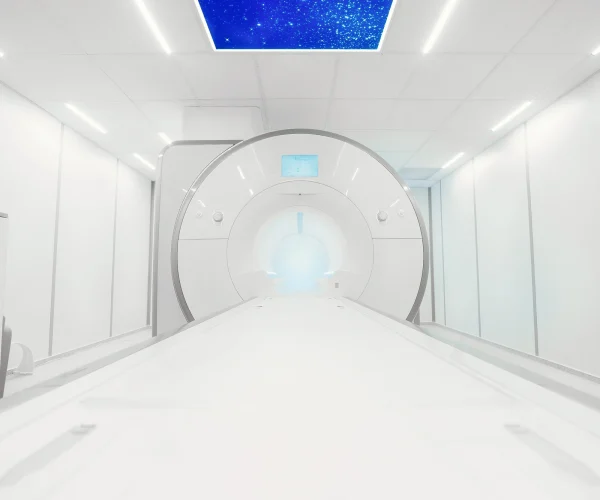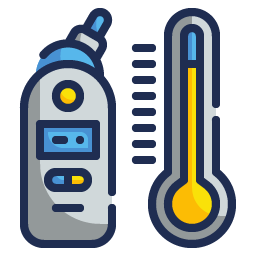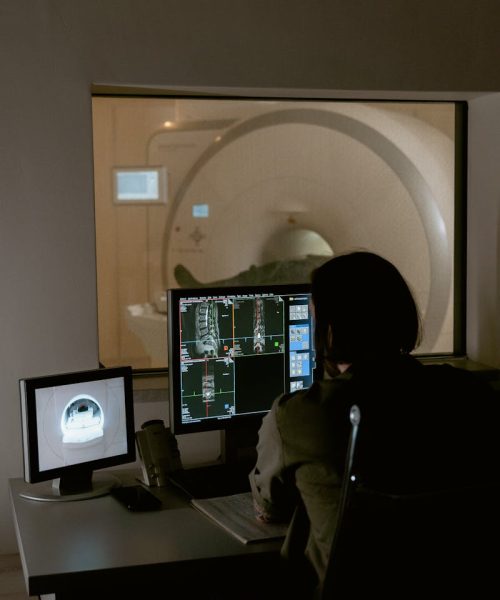
TeslaBioMed, specializes in comprehensive MRI magnet cooling services, ensuring the optimal performance and longevity of your MRI systems through expert management of liquid helium levels, cryocooler maintenance, and preventive care. We provide critical support to healthcare facilities, offering 24/7 emergency response, regular maintenance schedules, and cutting-edge solutions to minimize helium loss, ultimately safeguarding your investment and maintaining consistent, high-quality imaging capabilities.

Near absolute 0 temperatures are needed for MRI to work consistently. In order to maintain the superconducting state of the magnets, the chamber should be cooled down to 4 Kelvin.

Liquid Helium is the main component used in cooling process with its hyper conductivity capabilities.

The helium compressor is a key component of the cryocooler system, which is used in modern MRI machines to reduce helium consumption and maintain the superconducting state of the magnet.
Don’t be hesitant. We are always at your service. Consult us and take a proper quote for your MRI needs.

Frequently asked questions about MRI Magnet Cooling and Helium Refill.
Magnet cooling is crucial for MRI machines because it maintains the superconducting state of the magnet coils. Without proper cooling, the magnet would lose its superconductivity, leading to a quench (rapid loss of magnetic field) and potential damage to the equipment. Efficient cooling ensures consistent image quality and prolongs the life of the MRI system.
Liquid helium is the most commonly used coolant in MRI magnet cooling systems. It has an extremely low boiling point of -269°C (-452°F), which is necessary to keep the magnet coils in a superconducting state. Some modern systems also use cryocoolers to reduce helium consumption and minimize the need for frequent refills.
The frequency of service depends on the specific MRI system and its usage. However, as a general guideline, it's recommended to have a comprehensive service check at least once a year. Regular monitoring of helium levels and cryogen system performance should be done weekly or monthly. Immediate service is required if there are any signs of malfunction or unexpected changes in coolant levels.
Signs that an MRI magnet cooling system may need servicing include:
If any of these signs are observed, it's crucial to contact a professional MRI magnet cooling service provider immediately to prevent potential system failure or quench.








